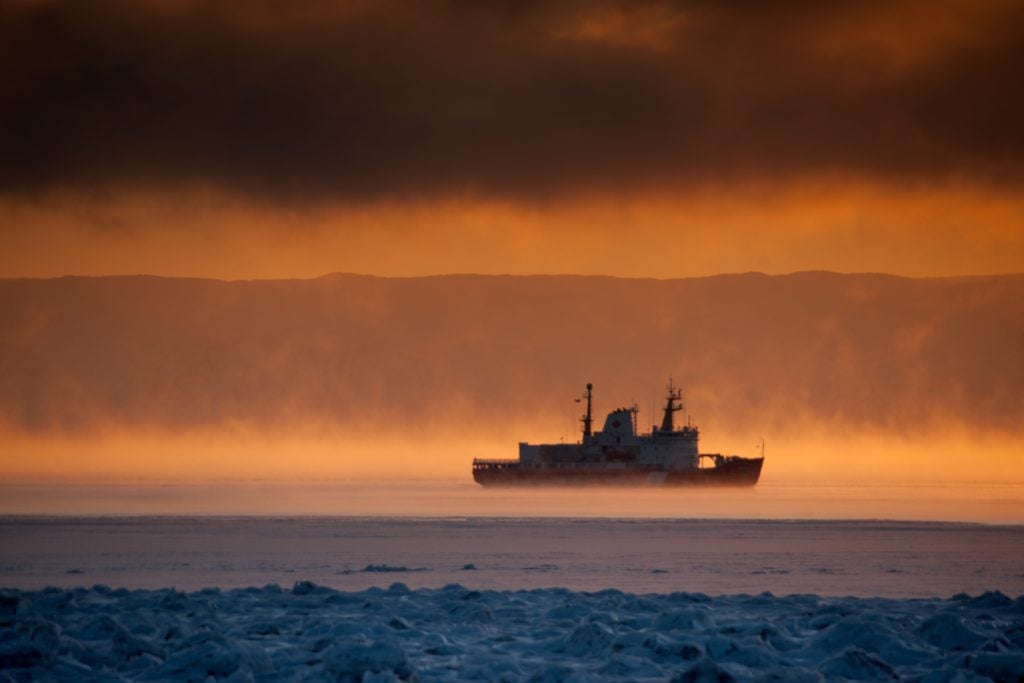The summer season has begun for the Canadian Coast Guard’s icebreakers
Seven icebreakers will provide services to the Canadian Arctic through November.

The Canadian Coast Guard has launched its annual Arctic operational season, with seven icebreakers scheduled to deploy from June through November.
Three have already departed, including CCGS Terry Fox, which left St. John’s, Newfoundland, on June 19 for icebreaking and to aid navigation in the Iqaluit area navigational corridor.
CCGS Pierre Radisson, meanwhile, left Quebec City June 25 and is providing icebreaking, navigational aids, maintenance, and refueling Killiniq station in Nunavut as well as the Bedford Institute of Oceanography science mission.
A third icebreaker, CCGS Des Groseilliers, which will refuel the remote Eureka station in Nunavut as well as Canadian Hydrographic Service surveys, left Quebec City on June 29.
Next to depart will be CCGS Sir Wilfrid Laurier, leaving Victoria, British Columbia on July 6 for icebreaking, navigation assistance and science programming.
Along with the icebreakers, the coast guard reopened its marine communication and traffic services center in Iqaluit in May, and its inshore rescue boat station in Rankin Inlet on June 29, to provide local maritime search and rescue services during the summer.
Along with shipping crews, the icebreakers will include a number of government and academic researchers and hydrographers who will carry out new or ongoing scientific projects and surveys.